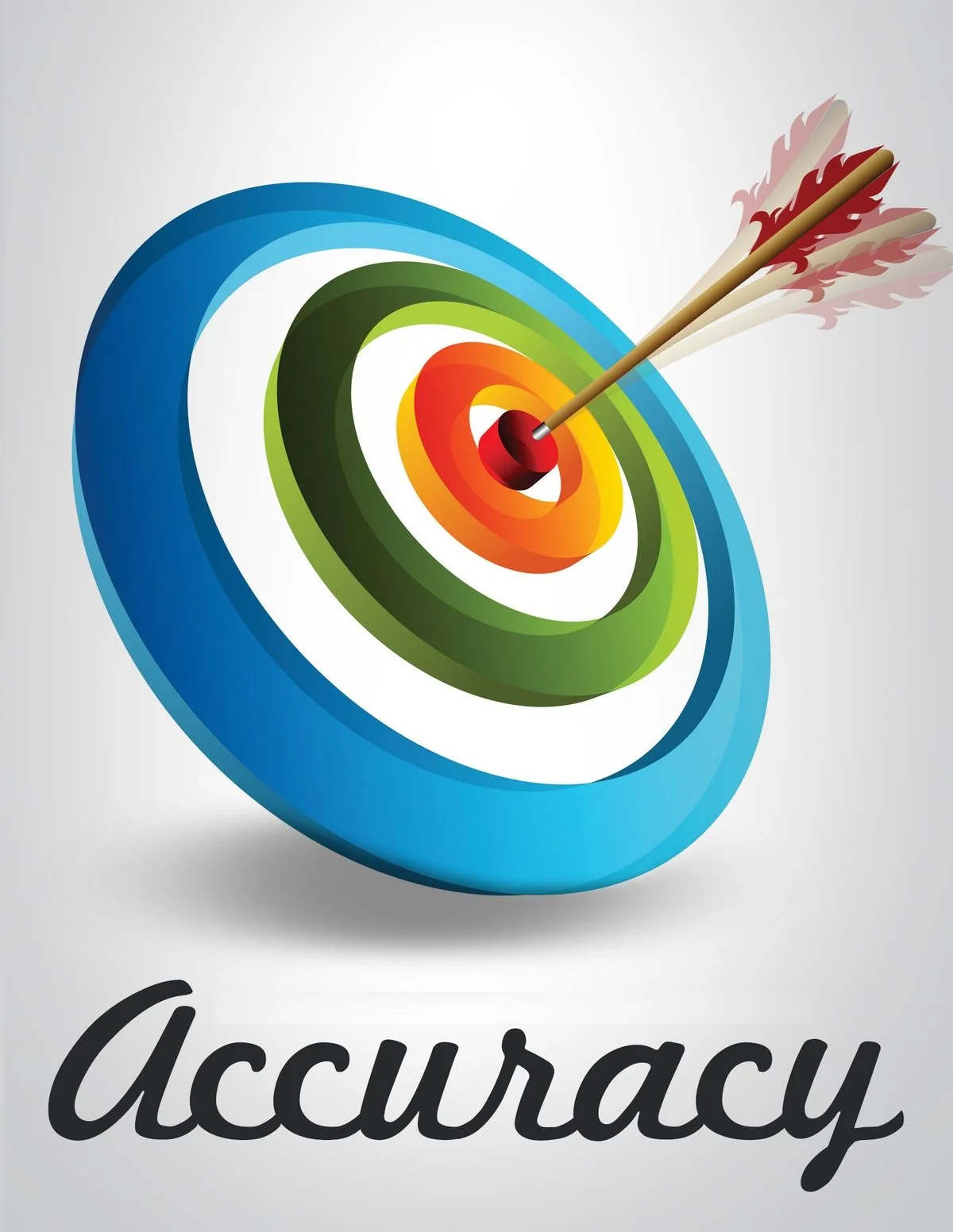Why is 3D to 2D pattern accuracy so important?
Real world products such as Furniture, or Automotive Interiors, or Clothing, or even Composite Aircraft structures all exist in three dimensions (height, width, and depth). 3D CAD modeling, and 3D scanning of physical prototypes is a common practice used in designing these products. Additionally, the conversion of 3D design concepts into 2D patterns is required prior to manufacturing.
A lack of pattern accuracy or manual accuracy checking cost money
Pattern making is a precise process. The cost to address any patterning problems increases exponentially as the project moves through the development stages.
For example, if a pattern or fit defect is found in the concept stage, it may cost $1 to fix. That same defect will cost $10 if found in design, $100 when reviewing the prototype, $1000 during pre-production or sample making, and so on.
Cost of addressing pattern fit problems (red line) increases exponentially as you progress through the design to production and then on to the installation stage of the process while options for how to address the problem diminish.
The need to validate pattern accuracy manually can also have detrimental impact on project cycle time and cost. If differences between the 3D size/shape and the 2D patterns are large (i.e. more than a couple percent) just 10% of the time, then you must check the patterns 100% of the time. On the other hand, if the deviations are small (less than 1%) and the occurrence is infrequent, the ability to deliver a precise fit during manufacturing and assembly is ensured.
Digital Patterning Eliminates Accuracy Concerns
We Interviewed Mark Jewell, CTO at Tri-D Technologies the makers of ExactFlat, to get some insight into this issue as well as his view on how to ensure accuracy.
1. How often do designers and pattern makers ask you about pattern accuracy?
You might not be surprised to hear that this issue comes up rather frequently. The more time I spend with designers, the easier it is to understand why. The fact is that before there were precise digital patterning tools like ExactFlat, the design team really didn’t expect the software to give them anything more than a “ballpark” facsimile of the pattern. They knew it would require editing and iterations and they we’re just happy to have a place to start the process.
2. What’s different about the new generation of Digital Patterning tools?
Obviously, I’m biased but, I would say that state-of-the-art solutions like ExactFlat produce dramatically better results in a fraction of the time it took in the past.
The reason the 3D to 2D conversion is so much better is tied to a few things:
Flattening technology component improvements
First, we start with precise material properties which is already a big improvement for calculating actual unfolding behavior. Next we utilize lessons from Finite Element Analysis to break the 3D model up into a 3D mesh. The last step is to utilize proprietary algorithms which flatten the 3D mesh onto a 2D plane where we optimize the pattern for minimum strain.
Tools to automate fit checking
This is another area of improvement and time saving resulting from the newer crop of digital patterning software tools. For example, with ExactFlat, designers receive a visual fit or strain and sag display that’s painted directly on the 2D pattern pieces. They’re also able to validate conversion accuracy by comparing the area and loop length of the 3D piece with the corresponding dimension on the 2D pattern piece.
The real business advantage is that designers can identify and correct issues early in the design stage. This can save both time and a tremendous amount of money.
Real products exist in 3D. Patterns needed for production are 2D. Digital Patterning bridges the gap between 3D design models and accurate, production-ready 2D documents. Sign up for the ExactFlat Evaluation Program to prove it for yourself.
3. What’s steps can designers go through to prove this for themselves?
We have a series of tutorials on our website that can help give designers and pattern makers get a feel for how these tools will work in their design to manufacturing environment. But the fastest path to success is to sign up for our digital patterning evaluation program. This program allows participants to prove the technology by:
Starting with a 3D model or 2D drawings/requirements doc
Converting the 3D design into a segmented 3D mesh
Flattening the 3D mesh into 2D patterns
Optimizing the patterns, reviewing the strain and sag
Comparing the 3D model dimensions (area, Loop Length) with those of the 2D pattern output.
The entire program can be completed in as little as two business days (prep, execution and review). Just click on the link below or contact me at mark.jewell@exactflat.com to learn more.
About Mark Jewell, CTO Tri-D Technologies Inc.
Mark Jewell has over 25 years of experience working with more than a thousand soft goods manufacturers in roughly 15 countries. He specializes in building and implementing software tools to help his clients avoid failure, reduce the risk of change, and ensure that they get the most from their process automation investments. If you need to improve pattern making productivity, then you want to speak with Mark.










